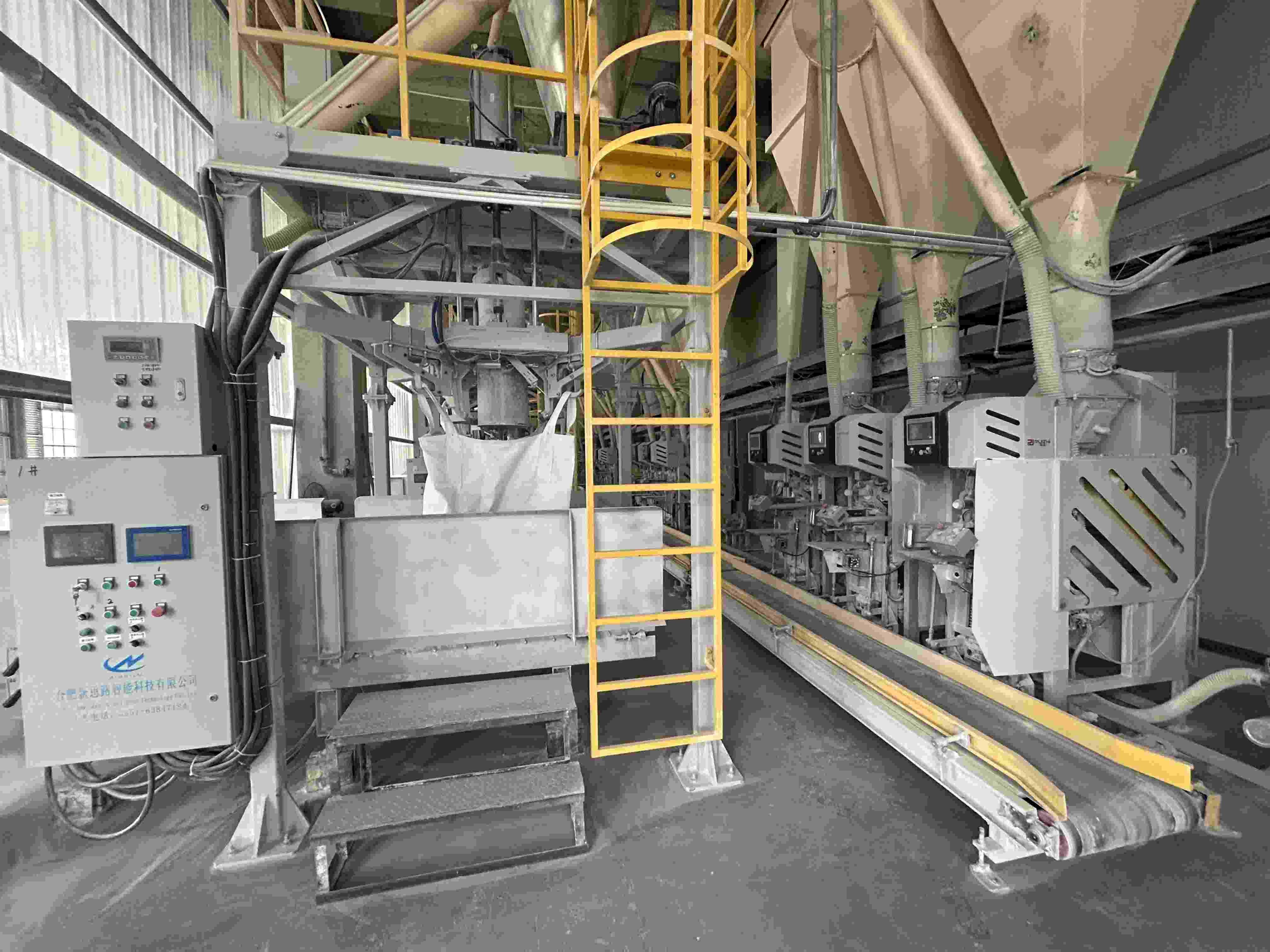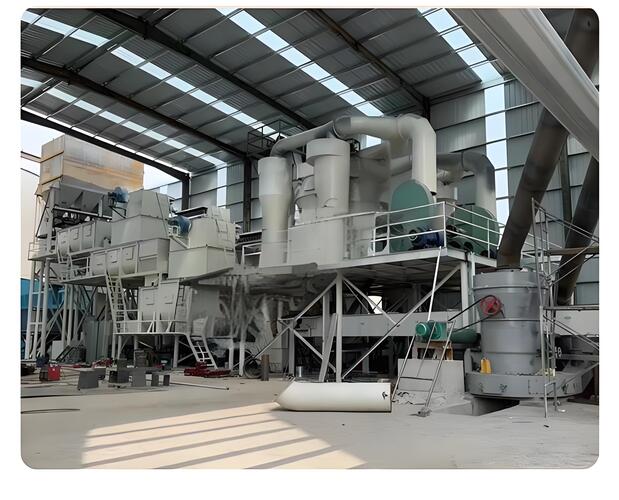Hydrated Lime: Uses, Benefits, and Why It Matters for Your Industry
News 2025-03-14
Discover what hydrated lime is, its alternative name, how it’s made, its uses across industries, and why it’s a game-changer for your business.
What is Hydrated Lime?
Hydrated lime, also known as slaked lime, is a versatile chemical compound with the formula Ca(OH)₂. It is produced by adding water to quicklime (calcium oxide, CaO), a process called “slaking.” This reaction results in a fine, white powder that is widely used across various industries due to its unique properties.
But what is another name for hydrated lime? As mentioned, it’s commonly referred to as slaked lime, a term that reflects its production process.
What is Hydrated Lime Made Of?
Hydrated lime is made through a two-step process:
- Limestone Calcination:
Limestone (calcium carbonate, CaCO₃) is heated in a kiln at high temperatures (around 900°C) to produce quicklime (calcium oxide, CaO) and carbon dioxide (CO₂).
Chemical Reaction: CaCO₃ → CaO + CO₂ - Slaking Process:
Quicklime is then mixed with water in a controlled reaction to produce hydrated lime (calcium hydroxide, Ca(OH)₂).
Chemical Reaction: CaO + H₂O → Ca(OH)₂
The result is a fine, dry powder that is easy to transport and use in various applications.

What is Hydrated Lime Used For?
Hydrated lime is a multi-purpose material with applications in numerous industries. Here’s a breakdown of its primary uses:
1. Construction Industry
- Mortar and Plaster: Hydrated lime is a key ingredient in traditional mortar and plaster, improving workability, durability, and water resistance.
- Soil Stabilization: It is used to stabilize soil for road construction and building foundations.
- Concrete Production: Hydrated lime enhances the strength and durability of concrete mixtures.
2. Agriculture
- Soil Amendment: Hydrated lime is added to acidic soils to neutralize pH levels, making them more suitable for plant growth.
- Calcium Source: It provides essential calcium to crops, promoting healthy development.
3. Water Treatment
- Water Softening: Hydrated lime removes hardness-causing minerals like magnesium and calcium from water.
- pH Adjustment: It helps balance the pH of drinking water and wastewater.
4. Environmental Protection
- Flue Gas Desulfurization: In industrial settings, hydrated lime is used to remove sulfur dioxide (SO₂) from exhaust gases, reducing air pollution.
- Wastewater Treatment: It aids in the removal of heavy metals and other contaminants from industrial wastewater.
What is Hydrated Lime Good For?
Hydrated lime offers several benefits that make it a valuable material for various industries:
1. Cost-Effectiveness
Hydrated lime is an affordable material, making it a popular choice for large-scale projects in construction, agriculture, and water treatment.
2. Environmental Benefits
- It helps reduce carbon emissions by capturing CO₂ during the slaking process.
- Its use in wastewater and flue gas treatment contributes to cleaner water and air.
3. Versatility
From construction to agriculture to environmental protection, hydrated lime’s wide range of uses makes it an indispensable material in many industries.
4. Improved Performance
In construction, hydrated lime enhances the durability and workability of materials. In agriculture, it improves soil quality and crop yields.
Why Hydrated Lime Matters for Your Industry
Hydrated lime is more than just a chemical compound—it’s a solution to many industry challenges. Whether you’re in construction, agriculture, or environmental management, hydrated lime can help you:
- Improve the quality and durability of your products.
- Reduce costs and increase efficiency.
- Meet environmental regulations and sustainability goals.
Safety and Handling Tips
While hydrated lime is generally safe to use, proper handling is essential to avoid potential hazards:
- Protective Gear: Wear gloves, goggles, and masks to prevent skin and eye irritation or inhalation of dust.
- Storage: Store hydrated lime in a dry, cool place to prevent moisture absorption.
- Transportation: Ensure containers are tightly sealed to avoid spills or contamination.
Conclusion
Hydrated lime is a versatile and essential material with a wide range of applications, from construction to environmental protection. Its cost-effectiveness, environmental benefits, and versatility make it a valuable resource in many industries.
Whether you’re looking to improve soil quality, treat water, or enhance construction materials, hydrated lime is a reliable solution. As a trusted hydrated lime supplier, we provide high-quality products tailored to meet your specific needs.To learn more about its uses or to purchase high-quality hydrated lime, contact us today!
FAQ Section
1. What is another name for hydrated lime?
Hydrated lime is also known as slaked lime.
2. What is hydrated lime made of?
Hydrated lime is made by adding water to quicklime (calcium oxide, CaO), which is produced by heating limestone (calcium carbonate, CaCO₃).
3. What is hydrated lime used for?
Hydrated lime is used in construction (mortar, plaster, concrete), agriculture (soil amendment, pH adjustment), water treatment (softening, pH balancing), and environmental protection (flue gas desulfurization, wastewater treatment).
4. What is hydrated lime good for?
Hydrated lime is good for its cost-effectiveness, environmental benefits, and versatility in various industrial and agricultural applications.


